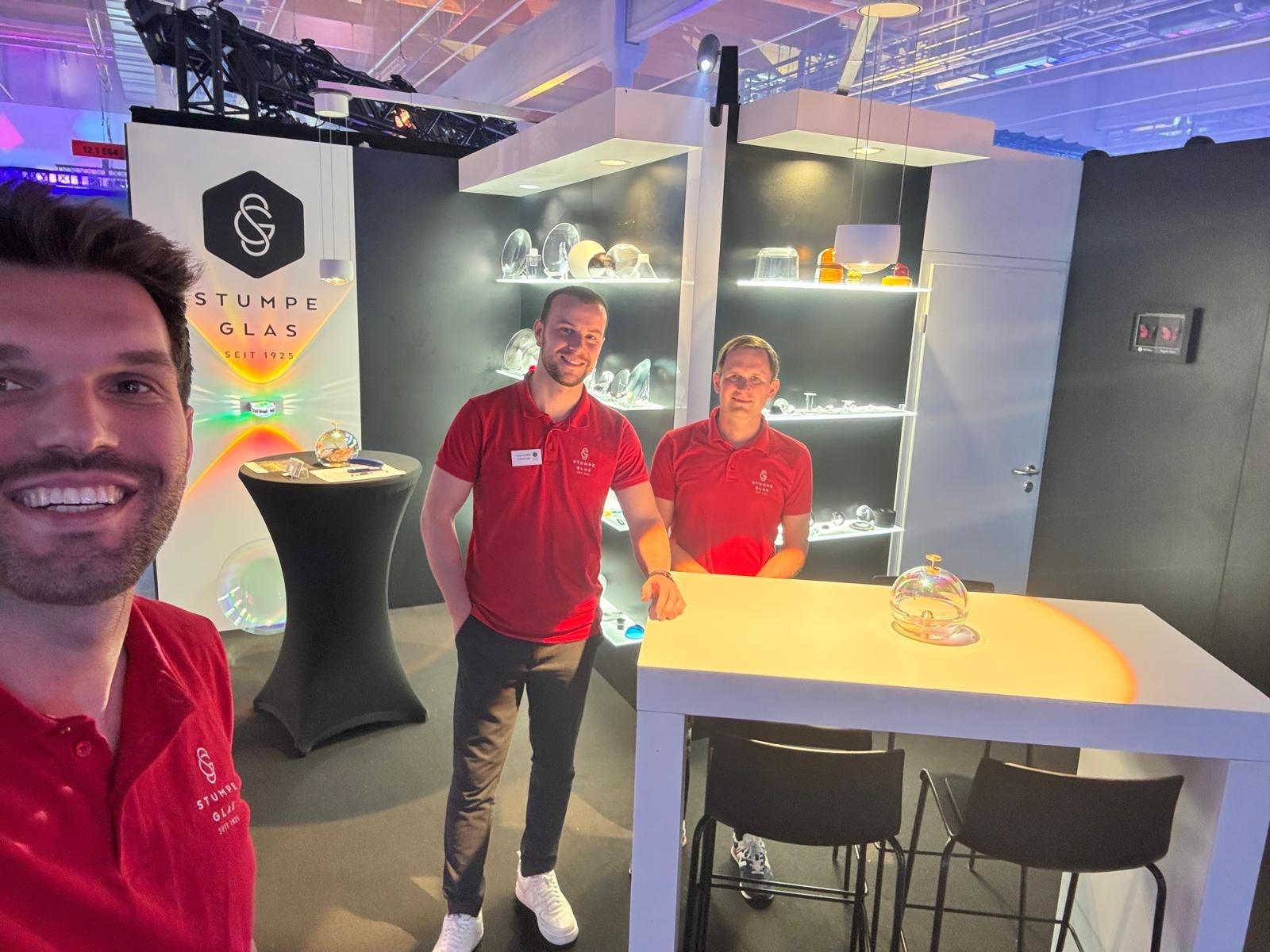
In the aviation industry, quality is paramount. From runways to taxiway edge lights, every detail must be perfect to ensure the safety and efficiency of airports worldwide. In this article, you'll learn how pressed glass is integrated into airport construction and infrastructure, the manufacturing process it undergoes, and the crucial role it plays.
The aviation industry is one of the most demanding sectors globally. The safety and efficiency of airports take top priority, necessitating high-quality materials and components. One such material that plays a vital role in airport construction is pressed glass. In this article, we will delve into pressed glass and its applications in airport construction. We'll also shed light on the manufacturing process of pressed glass and why it's the preferred choice for specific applications.
Pressed Glass in Airport Construction: Applications
Pressed glass, also known as molded glass or structural glass, finds application in various areas of airport construction due to its versatility. Here are some key applications:
- Runways and Taxiways: Pressed glass is often integrated into runways and taxiways to ensure clear visibility of markings and lights, both day and night. Thanks to its durability and weather resistance, pressed glass remains intact even under the harshest conditions.
- Position Lights: The colors in position lights for aircraft must adhere to precisely defined standards. Pressed glass allows for the production of colored glasses that conform to ICAO or FAA guidelines.
- Prisms and Filters: Pressed glass is also used for prisms, filters, and colored glass domes to direct light in various directions and achieve specific lighting effects.
Manufacturing Process of Pressed Glass
The manufacturing process of pressed glass is a fascinating procedure that demands the utmost precision:
- Raw Material Selection: Pressed glass is made from high-quality glass raw material that meets clarity and color requirements.
- Shaping: The glass is formed into the desired shape, whether flat, curved, or textured. This is often achieved by heating and shaping the glass.
- Color Production: If needed, special colors are developed following ICAO or FAA standards and applied to the glass.
- Tempering: The glass is thermally tempered to ensure its durability and resistance to weather conditions.
- Quality Control: Every piece of pressed glass undergoes checks for color accuracy and quality standards to ensure it meets the aviation industry's requirements.
Why Pressed Glass in Airport Construction?
The choice of pressed glass in airport construction is no accident. It offers crucial advantages such as durability, color accuracy, and weather resistance. The specialized production of pressed glass, including color control, ensures it complies with the aviation industry's stringent standards.
Conclusion
Pressed glass is indispensable in the aviation industry and plays a vital role in airport safety and efficiency. The manufacturing process of pressed glass is an astonishing one, requiring the highest precision. At Stumpe Glas, we take pride in offering high-quality pressed glass, independent of manufacturers, which fully caters to the needs of the aviation industry.
Learn more about our premium pressed glasses and how they support airport construction. Contact us today!






